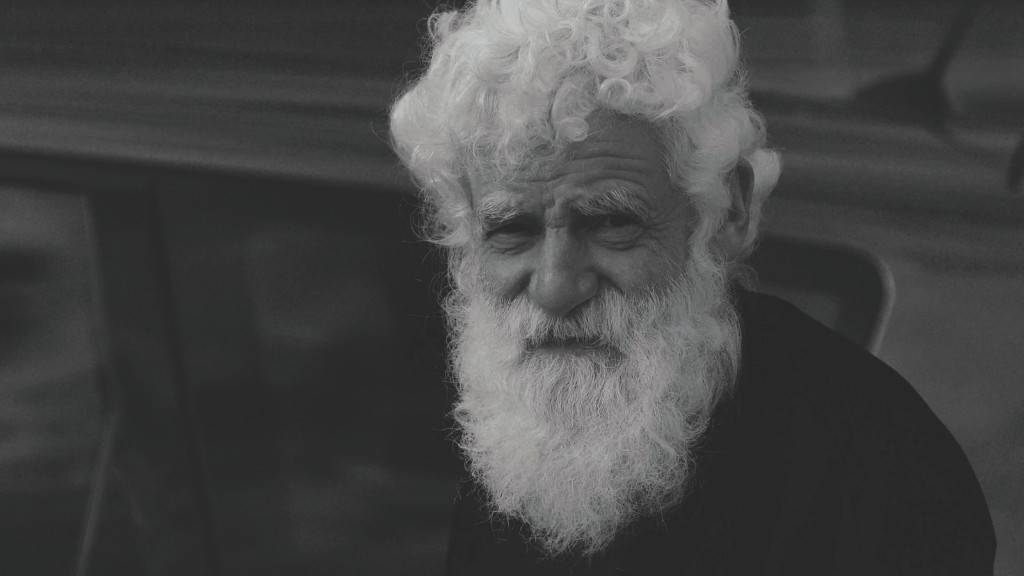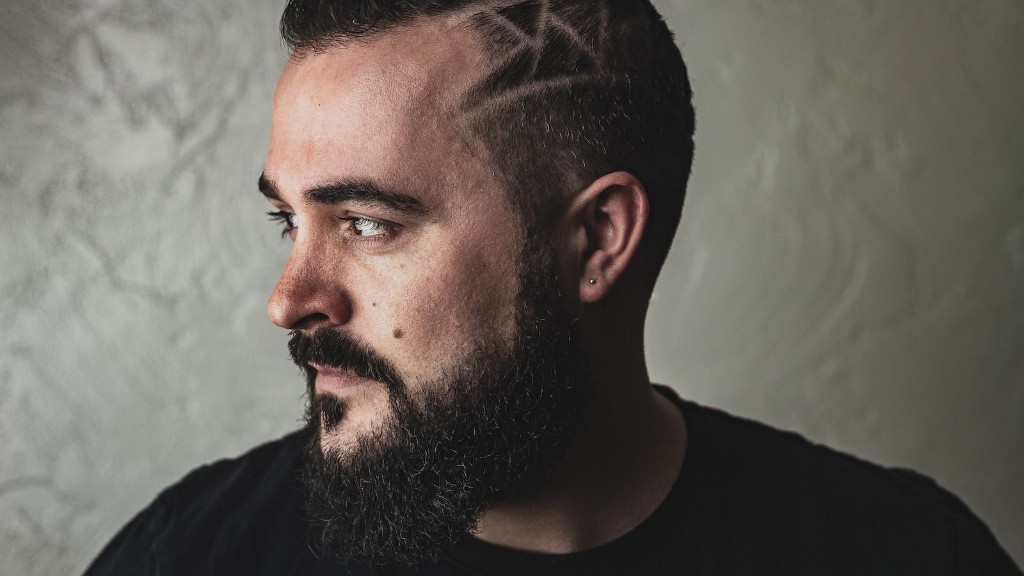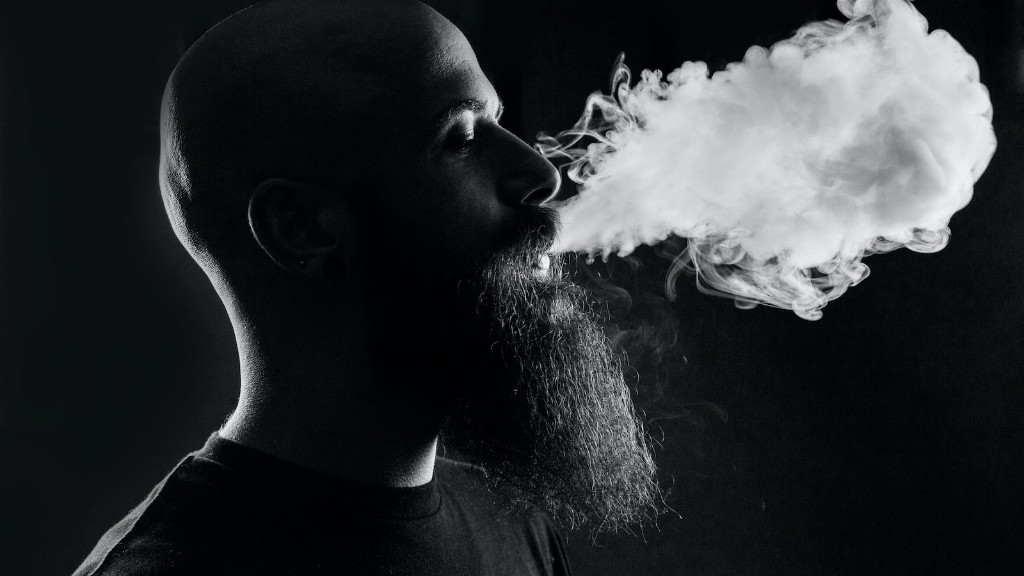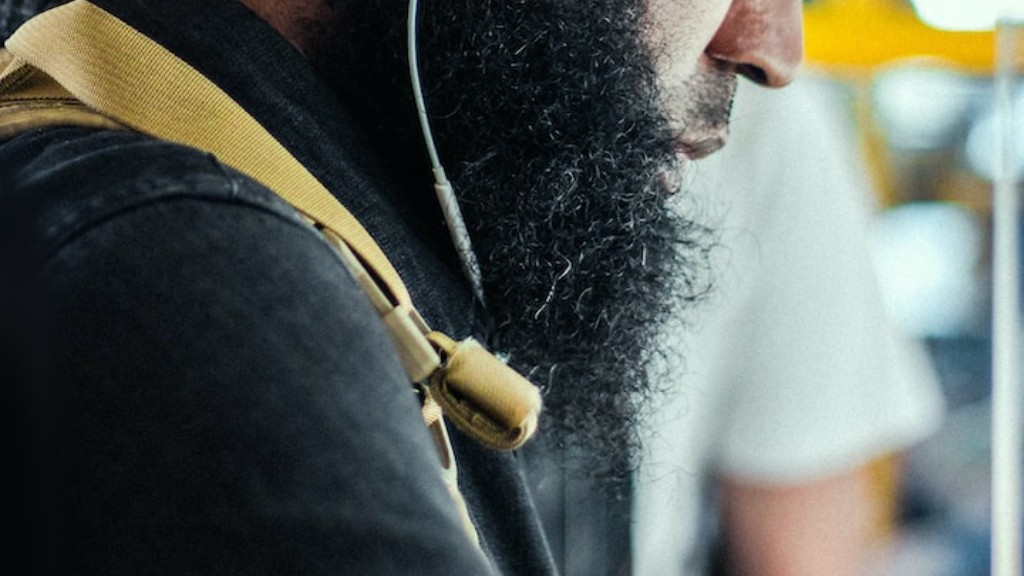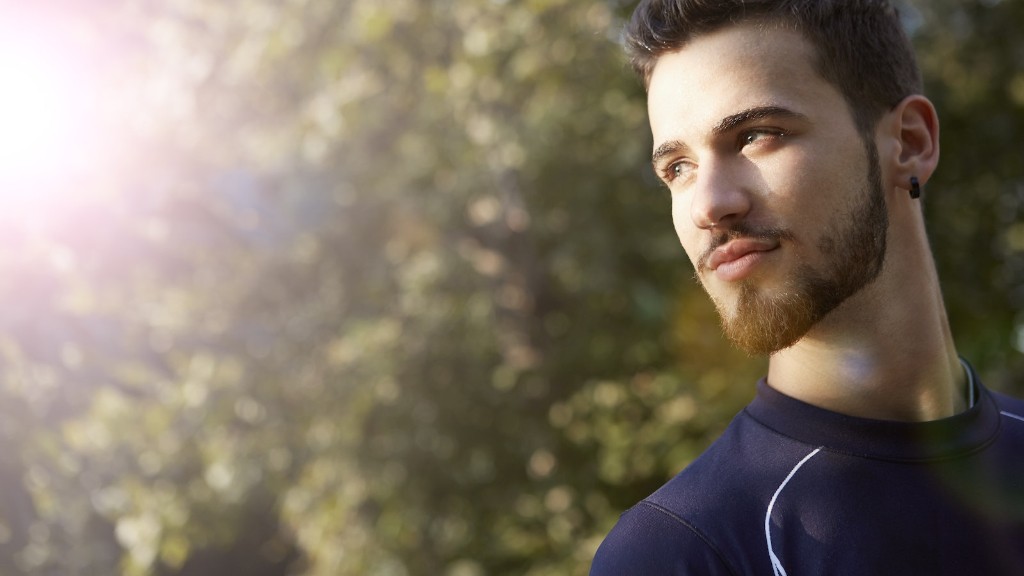Beard dye is a product that is used to color the hair on a man’s face. Although it is not a common practice, some men do use beard dye to cover up gray hairs or to change the color of their beard. There is no evidence that beard dye causes cancer, but there are some potential risks associated with its use.
There is no known link between beard dye and cancer.
Does men’s hair dye cause cancer?
The study found that there was no increased risk of cancer or cancer-related death with the use of permanent hair dyes. This is reassuring news for those who use hair dyes regularly.
This is good news for those of us who are concerned about the potential side effects of chemicals in hair products. The fact that they are only absorbed by our hair means that they are less likely to cause any problems for our health.
What are the chances of getting cancer from hair dye
The US National Toxicology Program (NTP) is an interagency program of the National Institutes of Health (NIH), the Centers for Disease Control and Prevention (CDC), and the Food and Drug Administration (FDA). The NTP has not classified the potential of hair dyes to cause cancer. The NTP is currently evaluating the potential health effects of hair dyes, and no conclusions have been made at this time.
If you or someone you know has used Just for Men brand hair dye and experienced severe reactions, please seek medical attention immediately. Symptoms may include swelling, skin irritation, blisters and burns to the skin and can be very dangerous. Anaphylaxis is a potentially life-threatening reaction and should be treated as a medical emergency.
What type of hair dye is healthiest?
We love Biolage Haircolor because it’s free from harmful chemicals including ammonia and PPD. We also love Madison Reed Radiant Hair Color Kit because it’s free of ammonia, parabens, resorcinol, PDD, phthalates, and gluten, plus the added benefit of being packed with hydrating ingredients.
As hair dyes have been linked to an increased risk of prostate cancer, it is advised for men to avoid using them. If you must use hair dyes, choose those with less chemicals and avoid those that are dark in color.
Does hair dye get absorbed through skin?
The chemicals in hair dye are linked to health issues such as cancer, reproductive problems, and allergic reactions. These chemicals can enter the body through the skin or hair follicles and build up in the body over time. Although the risks are relatively low, they are still worth considering when deciding whether or not to use hair dye.
Hair dyes are known to be toxic and can cause a range of adverse effects, from skin damage to eye irritation and even blindness. Even when used correctly, hair dyes can be dangerous. It is important to be aware of the risks before using any hair dye products.
How toxic is hair dye
Hair dyes and their ingredients usually have moderate to low acute toxicity. This means that human poisoning accidents are rare and have only been reported following oral ingestion. However, contact sensitisation to hair dyes can be a safety issue, especially for those who work with them on a regular basis without proper protection.
A large cohort study found no association between ever use of hair dye and the risk of leukemia but very slightly increased risks of basal cell carcinoma (particularly in women with naturally light hair) and ovarian cancer (12). However, it is still unclear if hair dye is the direct cause of these cancers.
What are the cancer causing ingredients in hair dye?
Hair dyes contain a variety of potentially harmful chemicals. Some of these chemicals are known carcinogens, meaning they can increase your risk of cancer. If you’re considering dying your hair, it’s important to be aware of the risks involved. Talk to your doctor or a dermatologist about the best way to protect yourself.
There is no increased risk of breast cancer among women who use permanent hair dye, according to most studies. This includes a meta-analysis that combined the results of 14 studies. Therefore, there is no need to worry about this issue when using hair dye.
Which beard color is safe
Abdullah recommends using henna-based dyes for facial hair, particularly if you have sensitive skin. Although dyes with a henna base take longer to apply than other formulas, they tend to produce a more natural-looking result.
Cocoa paste can be used to make your beard look darker. All you need to do is make a thick paste of it with water and apply it to your beard. Let it sit for at least 15 minutes.
How often is it safe to dye your beard?
If you want to keep your dyed beard looking fresh, you’ll need to re-apply color every 3-6 weeks. Luckily, beard dyes are semi-permanent, so touch-ups are quick and easy. Just be sure to follow the instructions on the dye kit carefully to avoid any mishaps.
There are many non-toxic hair dye brands on the market these days. Tints of Nature hair dye is made with organic ingredients and has been in business for over 20 years. Herbatint’s hair dye is extracted from organic plants and Madison Reed’s hair dye formula is six free. Arctic Fox’s vegan semi-permanent dyes are also safe for use.
Final Words
Although the exact answer is unknown, some experts believe that beard dye may increase the risk of cancer. The chemicals in beard dye can be absorbed into the body through the skin, and they may damage DNA and cause cancer cells to grow.
More research is needed to determine if there is a link between beard dye and cancer.Some studies have shown that certain chemicals in beard dyes may be linked to cancer, but more research is needed. If you are concerned about the potential risks, talk to your doctor.
